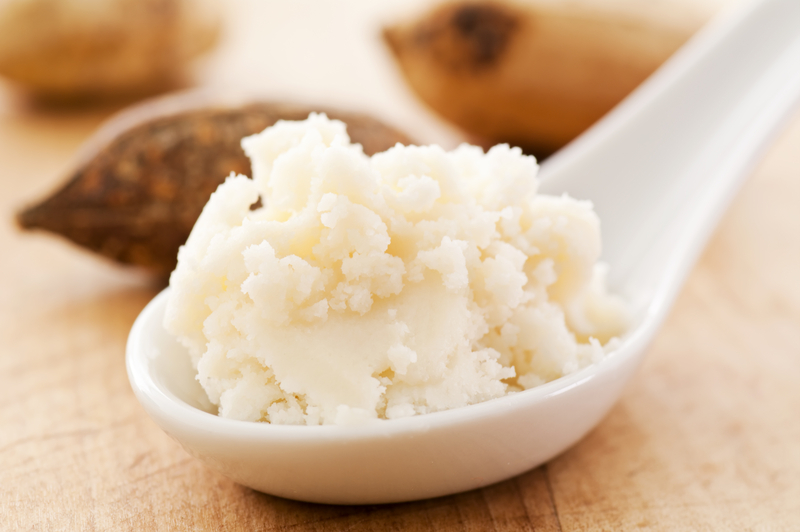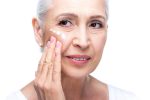Hello there!
Today we are going to sort out the issue concerning two oils/butters that are making a fuss on the Internet nowadays. There was quite a mess created by those two. It was due to their composition that contains many saturated fatty acids, and therefore every hair maniac categorises the very oils to be suitable for low porosity hair. Well, this is just partly true. This can be compared to looking at a small element of an elephant 🙂 Today we are going to examine it thoroughly, so we are going to illustrate these two natural oils in detail. Thanks to this you will learn why coconut oil affects hair completely differently than shea butter does, and why these two oils are seemingly similar, yet so different. And finally, what is the application of each of them. Ready? 🙂
Coconut oil VS shea butter – Similarities
The similarities are obvious, in fact they can be seen with the naked eye – both substances have solid form. One is called oil, whereas the other is named butter, yet this difference in nomenclature doesn’t relate to anything in particular. Perhaps just to one thing, that shea butter is STILL soft and it can be applied to skin without warming it up, whereas coconut oil is solid and it’s really hard to pick it with a spoon without warming it up.
Another similarity of both substances is the fact that their composition is dominated by saturated fatty acids and that they are dedicated to heavy, thick, deprived of volume, greasy and hard to style hair. They are made of small, penetrative molecules, and their composition is dominated by saturated fatty acids such as: lauric, myristic, stearic, arachidic, palmitic.
Coconut oil VS shea butter – Differences
It turns out that the two substances – despite being categorised as saturated – differ one form another with pretty everything. Their fragrance isn’t the same, the percentage contribution of various fatty acids, vitamins and microelements varies, and even they affect skin and hair differently. Why is that? Naturally, it’s due to the composition.
Coconut oil composition is dominated by tiny, penetrative molecules, whereas shea butter is made of quite a number of fatty acids belonging to omega-7 and omega-9 group. For that reason its ‘penetrative’ qualities are limited: part of the molecules penetrate hair (similarly to coconut oil), however, a significant quantity of shea butter molecules stays on hair surface. Therefore, if your hair is exceptionally low porous and is overburdened by pretty anything – there is a higher risk that shea butter will also weigh your hair down.
I’m sure you happened to came across opinions of some girls having medium porosity hair that shea butter served their hair right, whereas (belonging to the same butter family and non-drying oils) coconut oil made their hair frizzy. It’s all due to various proportions of fatty acids. Shea butter is good at taking care of low and medium porosity hair. When it comes to low porosity hair care in particular, it’s better to combine various oils and butters so as not to overburden strands too much.
Also remember that saturated fatty acids differ one form another pretty much and significantly influence action delivered by a particular oil. Therefore, the proportions of fatty acids different in both of the natural cosmetics I’m describing here. Let’s summarize properties of coconut oil and shea butter substances.
Coconut oil – Properties
- perfect for low porosity hair;
- works as a natural preservative extending the lifespan of other oils;
- perfect for make-up removal;
- takes care of acne skin type (is antiseptic);
- perfect as antibacterial and protective foot cream;
- can whiten teeth;
- eating coconut oil accelerates our metabolism which favours slim body.
Shea butter – Properties
- suitable for low and medium porosity hair;
- soft and delicate butter is good at taking care of dry skin;
- perfect for anti-age care; reduces visibility of wrinkles;
- can replace an under eye cream;
- takes care of rough skin located on heels, knees and elbows;
- replace protective lip balm;
- it penetrates skin easier than coconut oil, doesn’t leave any oily layer on skin.
To conclude, it turns out that the knowledge of oils and butters doesn’t end on their general classification (non-drying, semi-drying, drying). It’s worth being aware of the fatty acids content that a particular substance has. Owing to this, it will become easier to understand oil and butters’ action.
I hope I managed to broaden your knowledge about oils 🙂 Have a wonderful day!






0 Comment